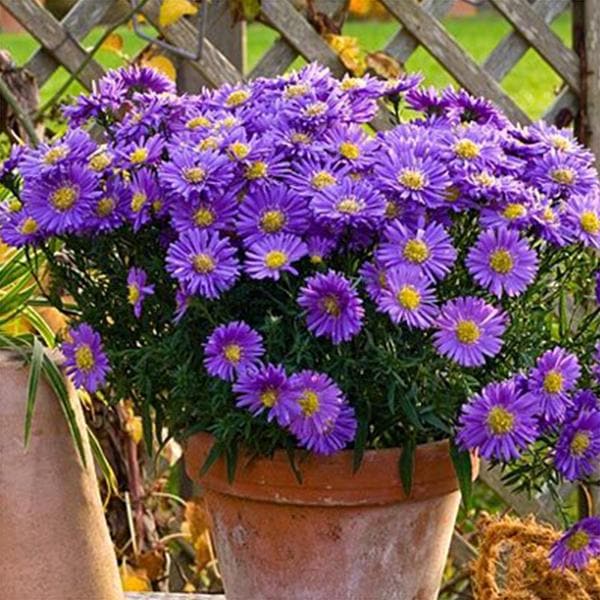
Aster (violet) - Plant
(MRP Inclusive of all taxes)
- Shipping ₹79 for entire order
- Dispatch in 7 days
- Country of origin: India

(MRP Inclusive of all taxes)
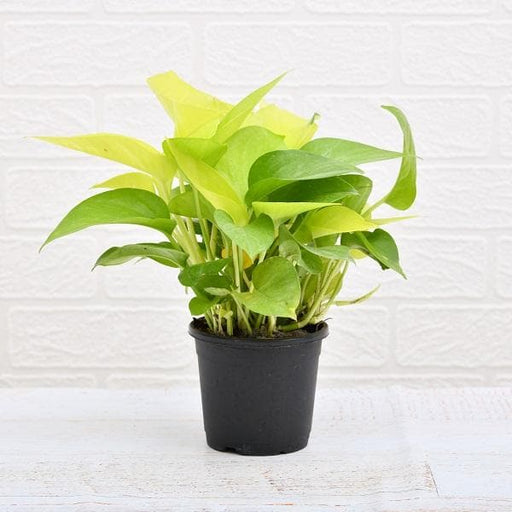 Save 29%
Save 29%
Air Purifier Money Plant with Pot The Air Purifier Money Plant, also known as Pothos or Epipremnum aureum, is a stunning indoor plant that...
View full details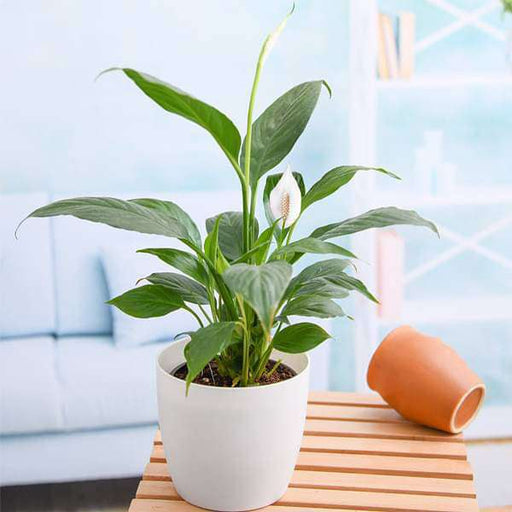
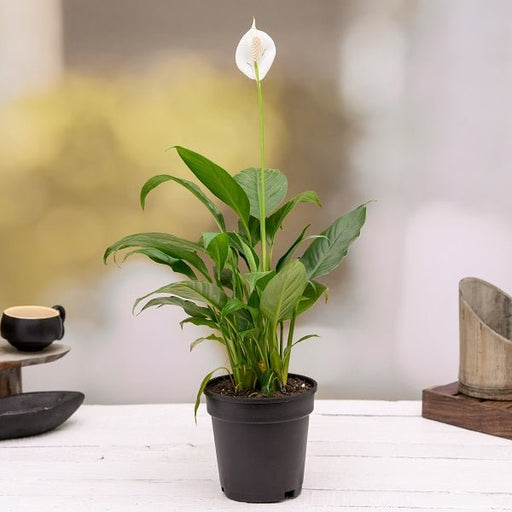 Save up to 15%
Save up to 15%
Peace Lily, Spathiphyllum - Plant The Peace Lily, scientifically known as Spathiphyllum, is a stunning houseplant celebrated for its elegant white...
View full details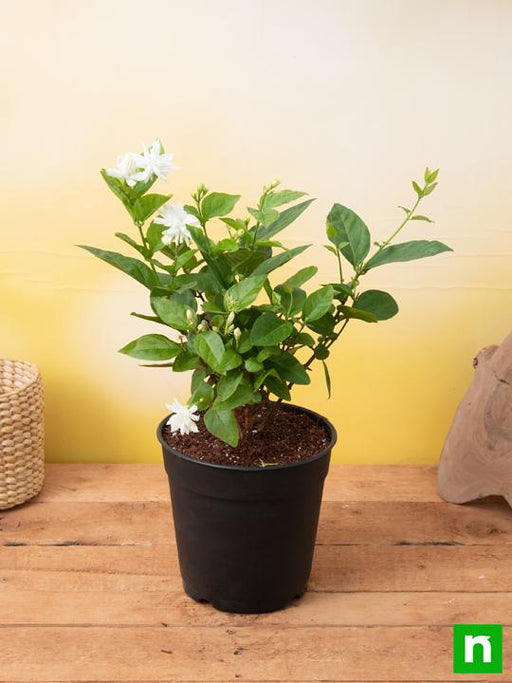
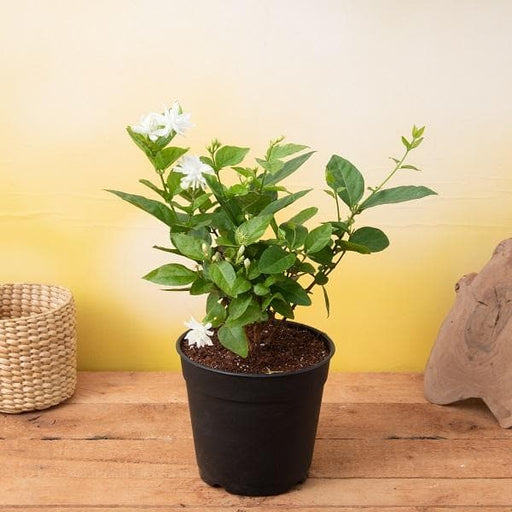 Save 25%
Save 25%
Jasminum sambac, Mogra, Arabian Jasmine - Plant Jasminum sambac, commonly known as Mogra or Arabian Jasmine, is a fragrant flowering plant...
View full details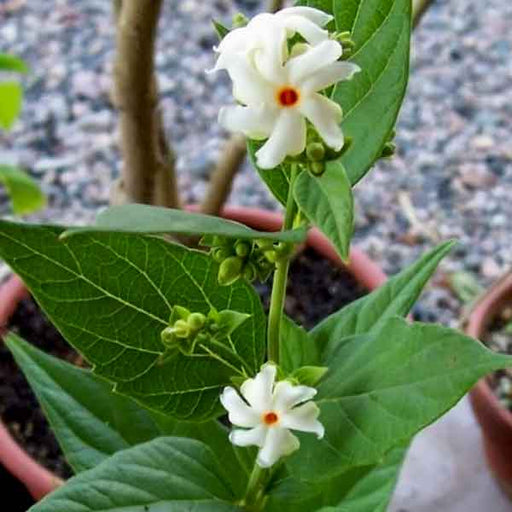
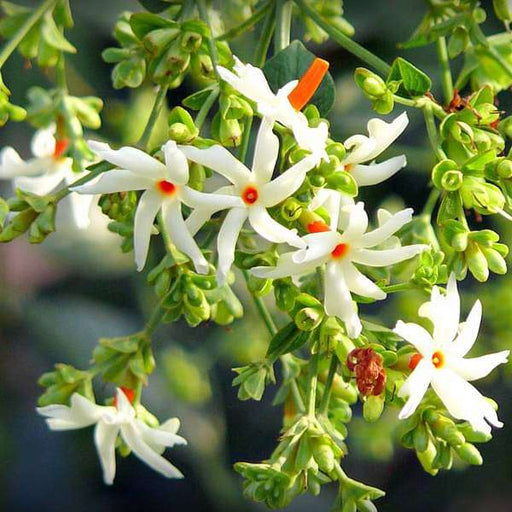 Save 18%
Save 18%
Combo Constituents Includes the Parijat Tree (Night-Flowering Jasmine), a culturally significant plant with fragrant flowers. Description The Pari...
View full details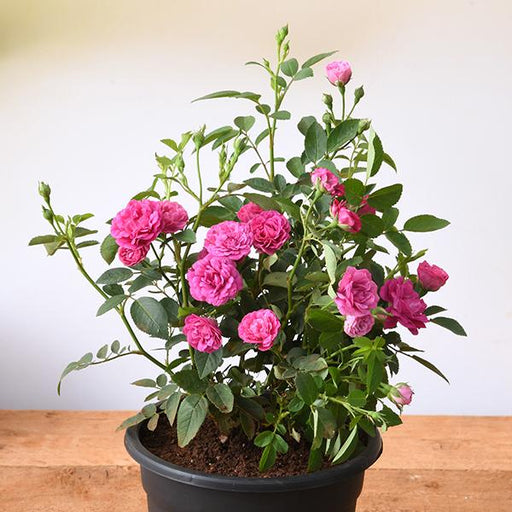
 Save 25%
Save 25%
Miniature Rose, Button Rose (Any Color) - Plant The Miniature Rose, also known as the Button Rose, is a charming and compact flowering plant that ...
View full details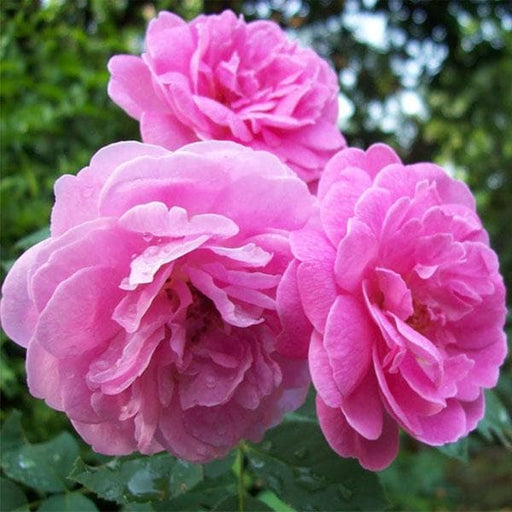 Save 25%
Save 25%
Damascus Rose, Scented Rose (Any Color) - Plant The Damascus Rose, also known as Rosa damascena, is a timeless symbol of beauty and romanc...
View full details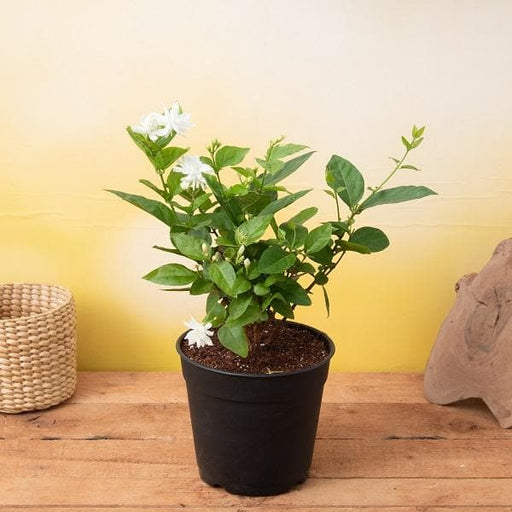
 Save 17%
Save 17%
Beautiful Fragrant Mogra, Arabian Jasmine Plant with Pot The Beautiful Fragrant Mogra, also known as Arabian Jasmine (Jasminum sambac), is...
View full details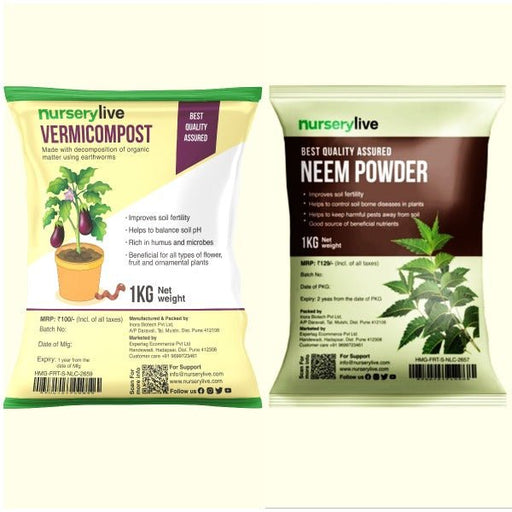 Save 15%
Save 15%
Pack of Vermicompost and Neem Cake for House Plants Transform your indoor garden with our premium Pack of Vermicompost and Neem Cake, spec...
View full details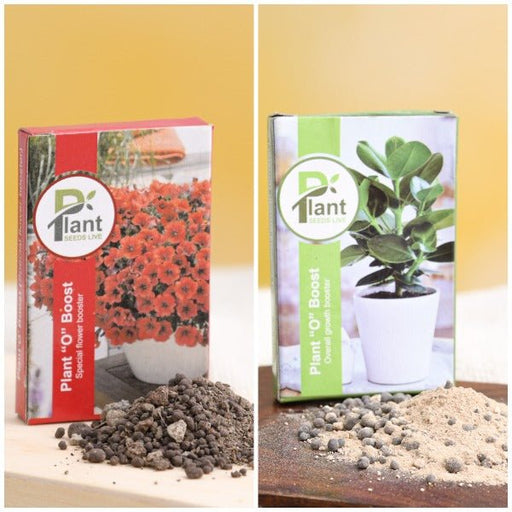
Pack of Plant Growth and Flower Boosters Unlock the full potential of your garden with our Pack of Plant Growth and Flower Boosters! This ...
View full details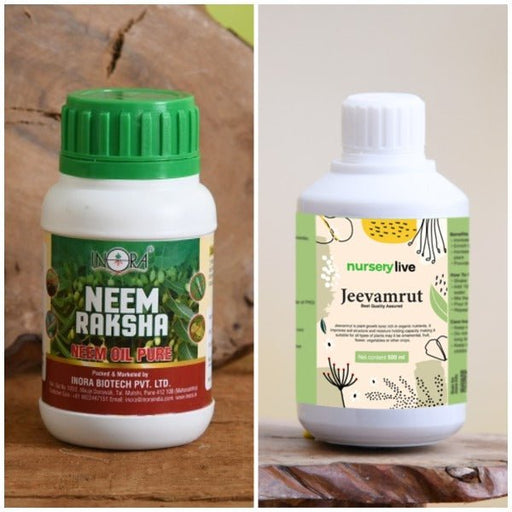 Save 38%
Save 38%
Combo of Jeevamrut and Neem Raksha for Easy Growth and Protection of Houseplants Transform your indoor garden with our exclusive combo of ...
View full details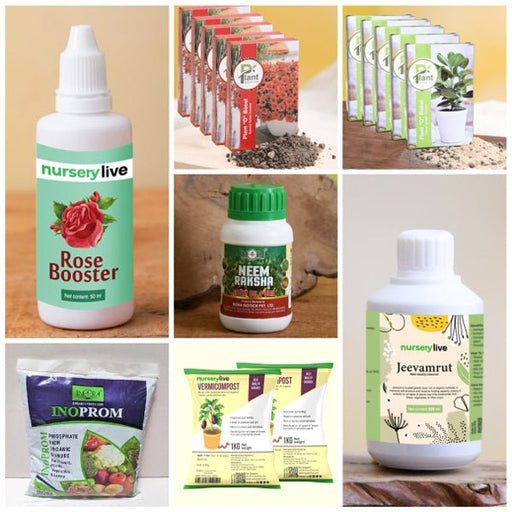 Save 22%
Save 22%
Plant Nutrients Kit (Pack of 16) for a Healthy Garden Transform your garden into a lush paradise with our Plant Nutrients Kit, featuring 1...
View full details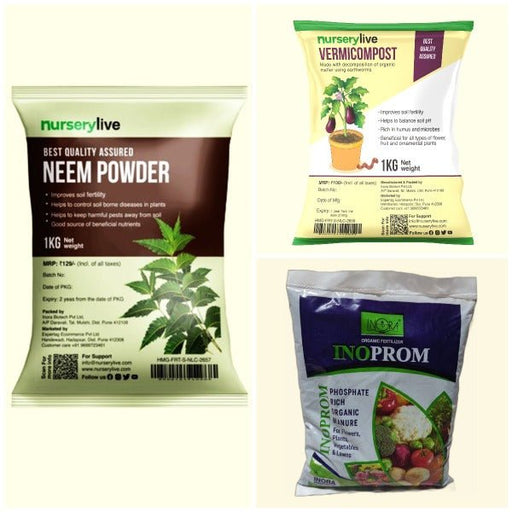 Save 16%
Save 16%
Combo of Top Plant Fertilizers Elevate your gardening game with our exclusive Combo of Top Plant Fertilizers, featuring two bags of premiu...
View full details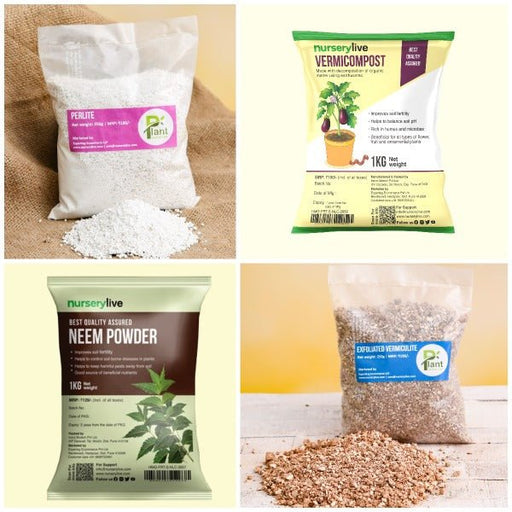 Save 24%
Save 24%
Pack of 4 Additives to Make Soil Healthy and Nutrient Rich Transform your garden into a thriving ecosystem with our Pack of 4 Additives de...
View full details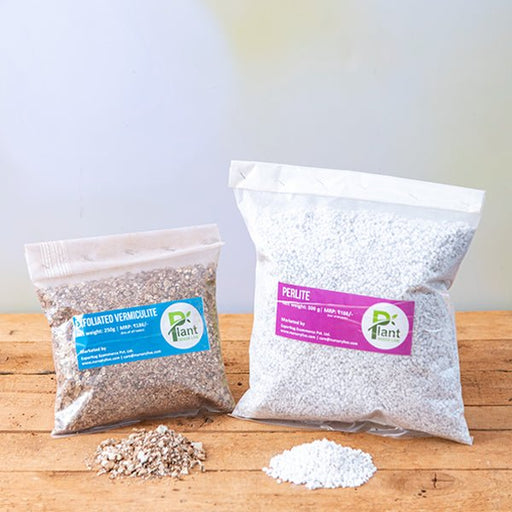 Save 30%
Save 30%
Transform your gardening experience with our premium Combo of Perlite and Vermiculite. This unique blend is designed to enhance soil aeration and ...
View full details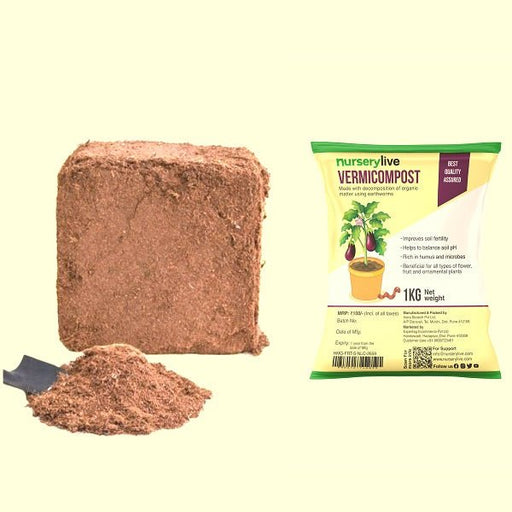 Save 27%
Save 27%
Combo of 2 Vermicompost and Cocopeat - Enrich Your Soil Naturally! Transform your garden into a thriving ecosystem with our Combo of 2 Ver...
View full details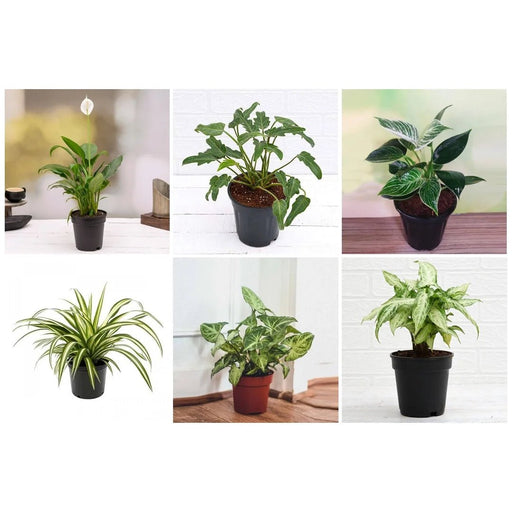
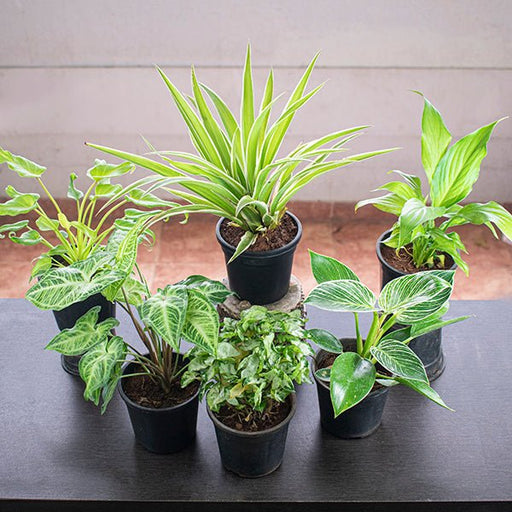 Save 35%
Save 35%
Best 6 Plants for Perfect Indoor Garden Transform your living space into a lush oasis with our curated collection of the Best 6 Plants for a...
View full details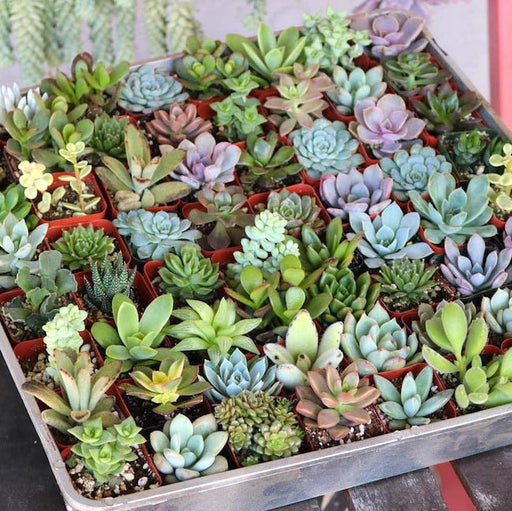
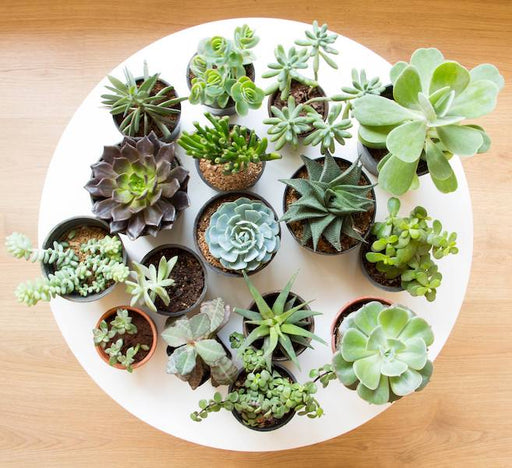 Save up to 50%
Save up to 50%
Mini Succulent Garden Pack Transform your space with our Mini Succulent Garden Pack, featuring a delightful collection of 4 any variety beautiful s...
View full details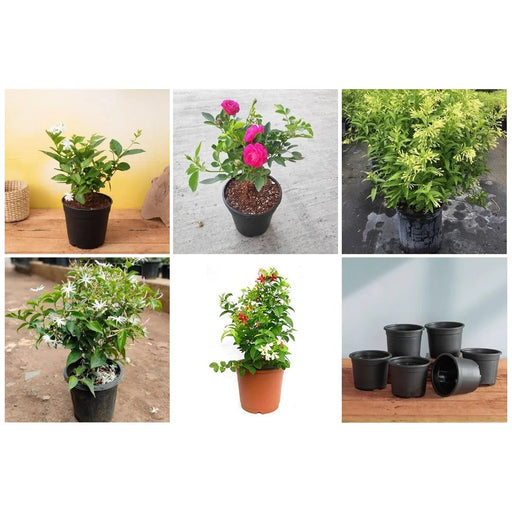
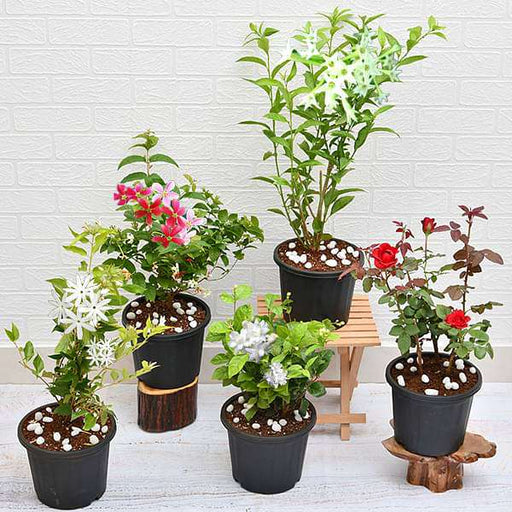 Save 30%
Save 30%
5 Best Fragrant Plants Transform your garden or indoor space into a fragrant paradise with our curated selection of the 5 Best Fragrant Plants. Th...
View full details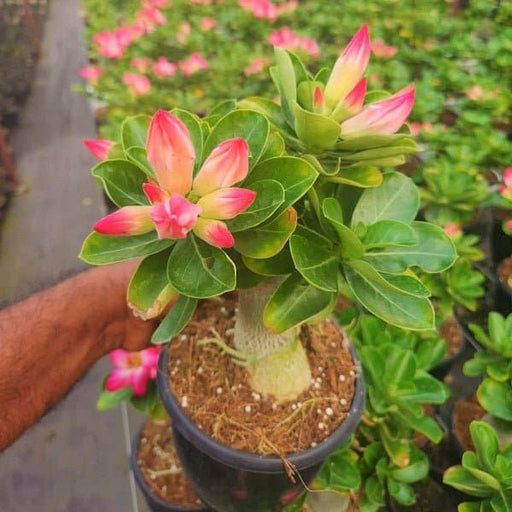
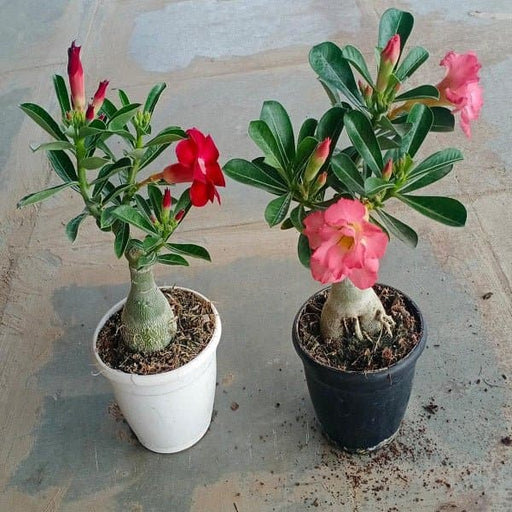 Save 24%
Save 24%
Set of 2 Bonsai Looking Grafted Adeniums Transform your indoor or outdoor space with our exquisite Set of 2 Bonsai Looking Grafted Adenium...
View full details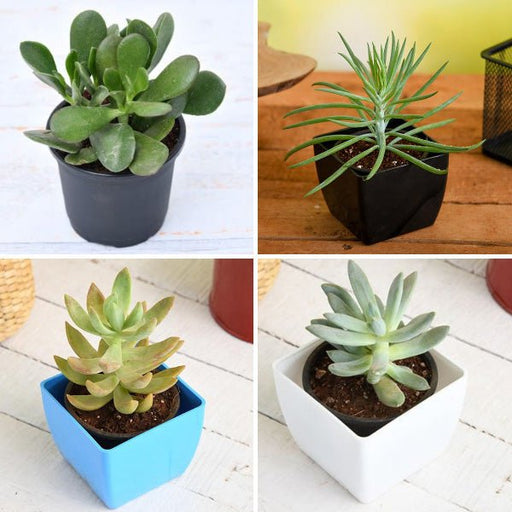 Save 45%
Save 45%
Top 4 Die Hard Succulents Pack Transform your indoor or outdoor space with our Top 4 Die Hard Succulents Pack, featuring a curated selecti...
View full details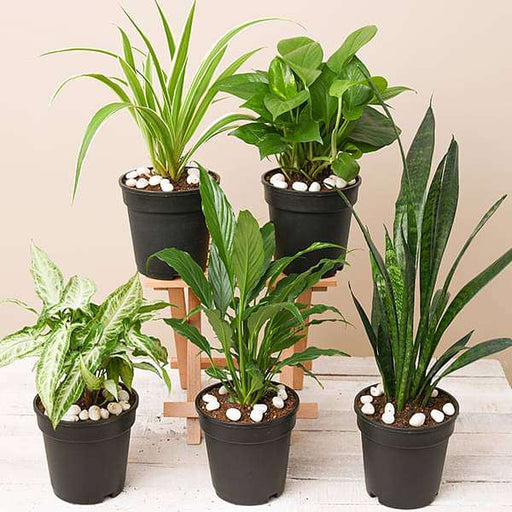
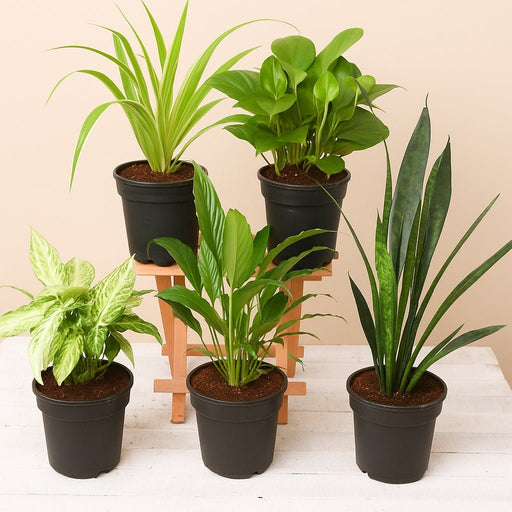 Save 30%
Save 30%
5 Best Indoor Plants Pack Transform your living space into a lush oasis with our '5 Best Indoor Plants Pack.' This carefully curated collection fe...
View full details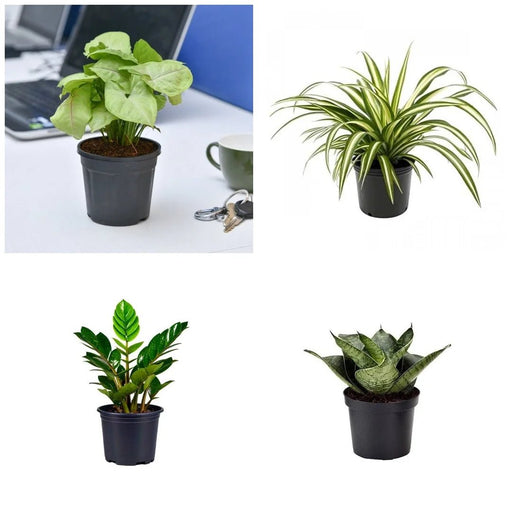
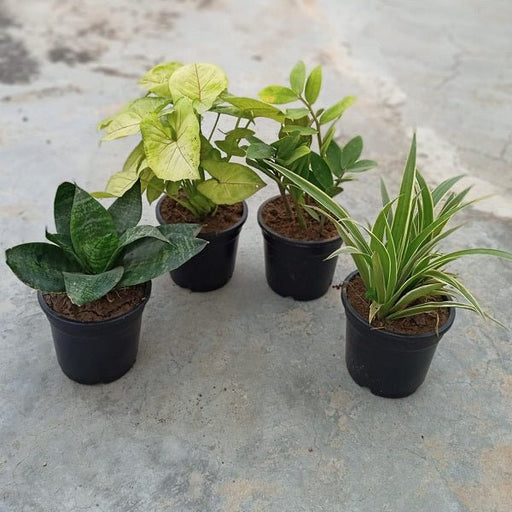 Save 25%
Save 25%
Set of 4 Evergreen Air Purifier Plant Pack Transform your indoor space into a lush, green oasis with our Set of 4 Evergreen Air Purifier Pla...
View full details| SrNo | Item Name | Qty |
|---|---|---|
| 1 | Aster (violet) Plant in 6 inch (15 cm) Pot | 1 |
The Aster (Violet) is a stunning perennial flower known for its vibrant purple blooms that grace gardens from late summer to fall. With its daisy-like petals and rich green foliage, this plant not only adds a splash of color but also attracts pollinators, making it a favorite among gardeners and nature enthusiasts alike. Scientifically known as Aster amellus, this hardy plant thrives in various climates, showcasing its adaptability and resilience.
What makes the Aster (Violet) truly special is its historical significance and ecological benefits. Traditionally, these flowers have been associated with love and wisdom, often used in bouquets and floral arrangements. Environmentally, Asters play a crucial role in supporting local ecosystems by providing nectar for bees and butterflies, thus promoting biodiversity.
One of the standout features of the Aster (Violet) is its long blooming period, which can last from August to October. This extended flowering time not only enhances the beauty of your garden but also ensures that pollinators have a reliable food source as they prepare for winter.
Aster care is like a spa day for your plants. These beauties thrive on a little TLC, so make sure to give them well-drained soil and a sunny spot. Water them just enough to keep them happy, but don’t drown them—no one likes a soggy bottom! Regular deadheading will keep them blooming like they’re auditioning for a floral fashion show.
With over 200 species, Asters are the Kardashians of the plant world—everyone wants to know about them! From the classic New England Aster to the charming Alpine Aster, each variety has its own personality. Some are tall and proud, while others are petite and demure. Choose your favorite and let it shine in your garden!
Asters are the party animals of the garden, showing up just when summer starts to fade. Their blooming season typically runs from late summer to fall, providing a splash of color when other flowers are packing up for the year. They’re like that friend who always brings the fun, ensuring your garden stays lively even as the leaves turn.
Pairing Asters with the right companions is like finding the perfect dance partner. They love to hang out with other fall bloomers like Sedum and Goldenrod. These combinations not only create a stunning visual but also attract pollinators, making your garden the hottest spot in town for bees and butterflies.
Want to multiply your Aster army? Propagation is the way to go! You can divide established plants in spring or fall, or take cuttings and watch them root like they’re auditioning for a reality show. Just remember, with great power comes great responsibility—don’t go overboard or you’ll have an Aster takeover!
Asters are generally tough cookies, but they can attract a few uninvited guests. Aphids and spider mites might try to crash the party, but with a little vigilance and some organic insecticidal soap, you can send them packing. Think of it as your garden’s bouncer, keeping the riffraff out!
Asters are not picky eaters, but they do prefer well-drained soil that’s rich in organic matter. Think of it as their gourmet meal—no fast food for these plants! A little compost mixed in will have them singing your praises, while heavy clay or soggy soil will have them sulking in the corner.
Asters are sun worshippers, soaking up those rays like they’re on a tropical vacation. They thrive in full sun but can tolerate partial shade. Just remember, too much shade is like a bad tan—nobody wants that! Give them at least six hours of sunlight a day for the best blooms.
Asters come in a dazzling array of colors, from deep purples to soft pinks and whites. It’s like a rainbow exploded in your garden! These vibrant hues can brighten up any landscape and are perfect for creating stunning floral arrangements. Who knew a plant could be such a fashionista?
Designing a garden with Asters is like curating a gallery of nature’s finest art. Their varied heights and colors allow for dynamic arrangements that can transform any space. Mix them with ornamental grasses for a touch of whimsy, or plant them in drifts for a bold statement. Your garden will be the talk of the town!
Keeping Asters in tip-top shape is a breeze. Regular watering, occasional fertilizing, and a little pruning will keep them looking fabulous. Think of it as a beauty regimen for your plants—because even Asters deserve to feel glamorous! With minimal effort, you’ll have a garden that’s the envy of all your neighbors.
Asters are like the social butterflies of the plant kingdom, attracting a plethora of pollinators. Bees, butterflies, and even hummingbirds can’t resist their charm. Planting Asters is like throwing a garden party for wildlife, ensuring your outdoor space is buzzing with life and color. Who wouldn’t want that kind of excitement?
Aster (violet) is a charming perennial that flaunts vibrant purple flowers, making it the diva of the garden. These beauties bloom in late summer to fall, attracting pollinators like bees and butterflies. With their daisy-like appearance, they’re the perfect way to add a splash of color and a touch of elegance to your landscape.
Caring for Aster (violet) is as easy as pie! They thrive in well-drained soil and love full sun, so give them a sunny spot to strut their stuff. Water them regularly, especially during dry spells, and don’t forget to deadhead spent blooms to encourage more flowers. They’ll reward you with a stunning display!
Aster (violet) plants are the late bloomers of the garden party, typically flowering from late summer to fall. They strut their stuff when many other plants are winding down, providing a burst of color just when you need it. So, sit back and enjoy the show as they light up your garden!
Aster (violet) plants are not picky eaters, but they do prefer well-drained soil that’s rich in organic matter. Think of it as their five-star dining experience! A slightly acidic to neutral pH is ideal, so mix in some compost to keep them happy and thriving. They’ll reward you with a floral fiesta!
Aster (violet) plants like their drinks, but they’re not fans of soggy feet! Water them regularly, especially during dry spells, but let the soil dry out between waterings. Aim for about an inch of water per week, and they’ll be dancing in the breeze, showing off their lovely blooms without a care in the world.
Absolutely! Aster (violet) plants are the perfect candidates for container gardening. Just make sure the pot has good drainage and is filled with quality potting mix. They’ll thrive in a sunny spot on your patio or balcony, bringing a pop of color to your outdoor space. Just don’t forget to water them!
Aster (violet) plants are like the cool kids at school—deer tend to avoid them! While no plant is entirely deer-proof, their strong scent and texture make them less appealing to these four-legged munchers. So, plant them with confidence, and let your garden flourish without the worry of being a deer buffet!
Propagating Aster (violet) plants is as easy as pie! You can do it through division in spring or fall, or by taking cuttings. Just dig up a clump, separate the roots, and replant them. They’ll multiply like rabbits, giving you more of those stunning purple blooms to enjoy. Who doesn’t love free flowers
Aster (violet) plants can attract a few uninvited guests, like aphids and spider mites. But fear not! A good spray of water or insecticidal soap can send them packing. Keep an eye out for any signs of trouble, and your Aster will continue to shine bright without the drama of pest invasions.
Yes, indeed! Aster (violet) plants are like the party hosts of the garden, attracting bees, butterflies, and other pollinators with their vibrant blooms. They provide a late-season nectar source, making them a favorite among these buzzing buddies. Plant them, and watch your garden come alive with fluttering friends!
Aster (violet) plants are the tough cookies of the garden world! They are hardy perennials, thriving in USDA zones 3 to 8. With a little love and care, they can withstand various weather conditions, making them a reliable choice for your garden. So, plant them and let them show off their resilience!
Aster (violet) plants can occasionally face a few health hiccups, like powdery mildew or root rot. But don’t panic! Good air circulation and proper watering practices can keep these issues at bay. If trouble arises, a fungicide or simply removing affected parts can help. Your Aster will be back to blooming in no time!